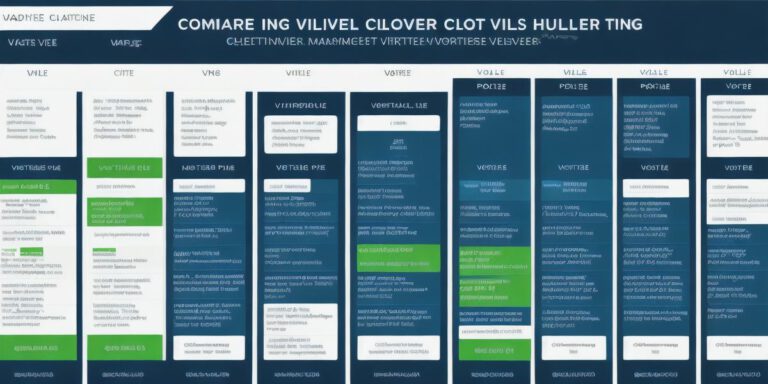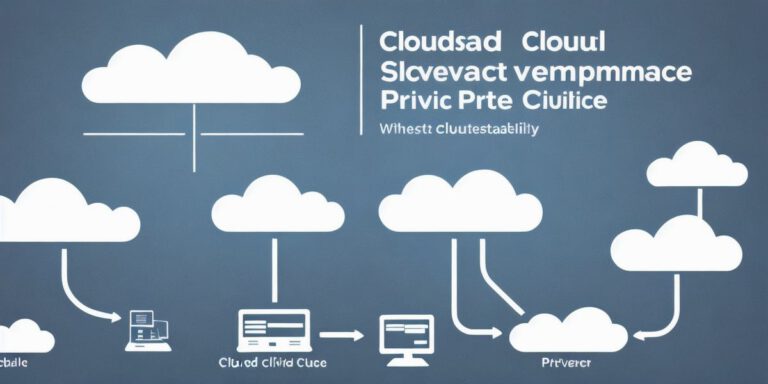Is Cloud a Virtual Server: Understanding the Virtual Landscape

Cloud computing has taken the world by storm, revolutionizing the way businesses and individuals operate. With its various services, cloud computing offers an efficient and cost-effective solution for data storage, processing, and management. However, there is still confusion among users about what exactly cloud computing is and how it differs from virtual servers. In this article, we will explore the virtual landscape of cloud computing and answer the question: Is Cloud a Virtual Server?
What is Cloud Computing?
Cloud computing is a technology that allows individuals and organizations to access shared resources over the internet. These shared resources include software, hardware, storage, and processing power. Cloud computing services can be categorized into three types: Infrastructure as a Service (IaaS), Platform as a Service (PaaS), and Software as a Service (SaaS).
In IaaS, cloud providers offer virtualized servers that users can rent and configure to meet their specific needs. In PaaS, cloud providers offer a platform for developers to build and deploy applications without worrying about the underlying infrastructure. In SaaS, cloud providers offer software applications that users can access over the internet, eliminating the need for them to install or maintain the software locally.
What is a Virtual Server?
A virtual server is a virtualized version of a physical server. It runs on top of a physical server and provides users with their own isolated environment for running applications and services. A virtual server can be configured with its own operating system, storage space, processing power, and software applications.
Is Cloud a Virtual Server?
Cloud computing is often confused with virtual servers, but they are not the same thing. While cloud computing does offer virtualized resources, it is more than just a collection of virtual servers. In cloud computing, users have access to a network of interconnected physical and virtual servers that work together to provide a scalable and flexible infrastructure for data storage, processing, and management.
One key difference between cloud computing and virtual servers is that cloud computing offers a pay-as-you-go model, where users can scale up or down their usage based on their needs. Virtual servers, on the other hand, require users to purchase or rent physical hardware and configure it themselves, which can be time-consuming and expensive.
Conclusion
In conclusion, cloud computing is a technology that offers virtualized resources over the internet, while virtual servers are a type of cloud computing that offer a separate environment for running applications and services on top of a physical server. While they share some similarities, they are not the same thing. Cloud computing provides users with a scalable and flexible infrastructure for data storage, processing, and management, eliminating the need for them to purchase or maintain physical hardware themselves.








